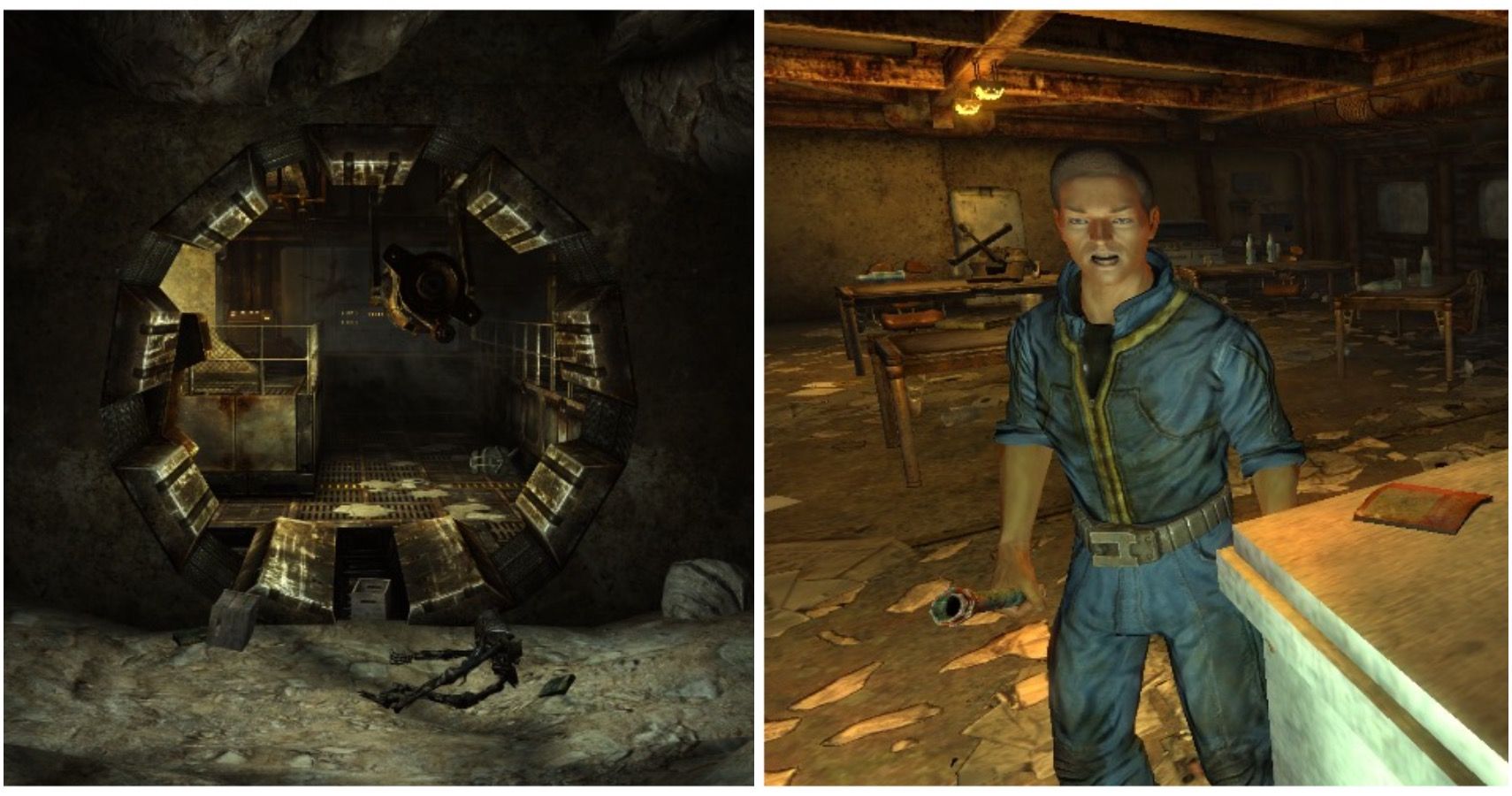10 Easy Maths Activities to do at Home
Table of Content
A variation on this game can be to start at 100 and keep subtracting until someone gets down to zero. The winner is the first player to cover all their numbers in the tower. After each throw, the player has to decide whether to throw again or keep the points they’ve scored. If a one is thrown at any point, the player loses all the points scored so far. Write the word skunk and separate each letter into a different column on a sheet of paper.

If the number was 50, they could give the clues ‘It’s an even number’. ‘it’s divisible by 2, 5, 10 and 25’, ‘it’s equal to two quarters’. Players have to ask questions that have a yes or no answer in order to identify the number. Please note, this game can be played by drawing dots on a page, but it is easier to download square dot paper and print it out. The first player rolls a pair of dice and works out the total of the two dice. Each person then hop, skips and counts at the same time, which is a really good way of helping those multiplication tables stick.
h and 8th Grade Pre-Algebra Lessons: PreAlgebraCoach.com
Place the two players in a pair, sitting across each other. The first player flips over a card with a certain shape and four statements on it that only they can see. They read the first statement to the other player, which should be very vague. This one is a fun twist on the traditional Twister game and it’s a great way to keep your children active and busy during the rainy season as you can do it indoors. Give the child an addition problem, like 7+6, and have them find the answer by jumping on the number line!
Grab a stack of old magazines and use it for a place-value scavenger hunt! You can do this one at school or send it home for homework. Get free printables to use for this first grade math game at the link. The first six links are DIY games I’ve played with preschool students over the years. These are games you and the children can make with a variety of materials.
fun maths dice games to play at home
If you’re not sure what students like, send out a quick survey or ask them about their favorite books, TV shows or video games. Understanding students and connecting with parents are both equally important, for different reasons. Parent teacher conferences and quick notes home are ways for you to share positive notes and get valuable insights into how students feel about math. Difficulty — If a student is struggling to keep up with their math homework or understand lessons, it’s very easy for them to disengage and get discouraged or anxious.
The results have been shown to help sharpen critical-thinking skills and even improve short-term memory. It's also worth noting that experts suggest other brain-boosting activities like jigsaw puzzles can even help transition us into a meditative-like state. View our Privacy Policy atsavethechildren.org/privacy. Go on a shape hunt around the house or in your community. Look for circles, triangles, squares, rectangles, cubes and cylinders.
Take a hands-on approach
Math stations filled with number blocks and other manipulatives during play-based learning activities for younger students. In this case, challenge students to put together the numbered notes that “make 10.” They’ll practice adding to 10 with multiple numbers. You can also do this with subtraction, starting at 10, to make zero. Check out this huge collection of homemade games for kids. You’ll find fun learning games that cover math, literacy, logic, fine motor skills, and more. Put the players in pairs of two and put the deck of cards in the middle.
If you notice students falling behind , address it early to avoid any long-term engagement problems. The National Library of Virtual Manipulatives also put traditional math tools online for greater accessibility. Ideal for one-to-one device use or station rotations, it offers manipulation tasks for every grade level.
I currently unschool/homeschool 4 boys and we are always looking for fun ways to learn and spend time together. I agree that learning with games is a lot more fun and I find that my kids are a lot more engaged and excited to learn this way. Books don’t really work for us and each time I try to incorporate them I completely lose them. So I continue to find fun and creative ways of learning for them and myself.
Well it really is as easy as playing board games together. Recognising groups of numbers on the dice, counting your moves as you make your way around the board, for example. Some first grade math games are just slightly harder versions of kindergarten ones.
Coding and math have an unbreakable bond that none of us can deny. We have always been fascinated by the combination of Math and Coding since the beginning of coding. Our blog publishes free tips for busy parents like you to help you improve your child’s Reading, Math, Science and 21st century skills.
Cut colorful ribbons into a variety of lengths and place them in a bag. Then, put students in pairs and have them compare their ribbons to identify the longer one. The student with the longer ribbon keeps both, and the game continues. In the card game War, players each flip an Uno card, and the one whose card is greatest takes them both. In this twist on one of our favorite kindergarten games, players each flip two cards.
If your child fights you about math practice, see if you can talk about it outdoors. The player with cards that add up to 21 wins the round. After all the dominoes are turned and added, each player counts the number of dominoes they collected. I’ve found that learning how to make math fun isn’t about forced memorization or engaging in power struggles to get the work done. Instead, math can be enjoyable, where your child will take the initiative to learn. Math can be part of your everyday life and routine and easily incorporated throughout the day.

Do the same with the 1 – 10 cards, making sure you have at least 2 cards for each number. The winter break is here, and once the Christmas festivities are over, you may be wondering what to do with the time until the kids return to... Are you thinking of doing some exciting new project on Scratch?
best indoor maths games your kids can play at home
First, kids get a little STEM practice by figuring out how to build a ramp. Then, they race toy cars down the ramp, marking where they land. Finally, they compare distances using any kind of non-standard measurement they like. Classroom ideas, free printables, and great teacher ideas right here. Jill Staake is a Contributing Editor with WeAreTeachers.

The game then continues, counting back up from 1 to 21, until there is only one person left. Each player is dealt 5 cards, which are set out face up. Players then can add, subtract, multiply and divide to try to reach the target number. If the target number is reached using all 5 cards, 10 points is scored, if it is made using less than 5 cards, 8 points is scored. And if you can’t find one, make one – just draw out the 6 sides of a cube, stick them together, and you’re ready to go. Try to get your opposite sides adding up to 7 as on the real thing.
Comments
Post a Comment